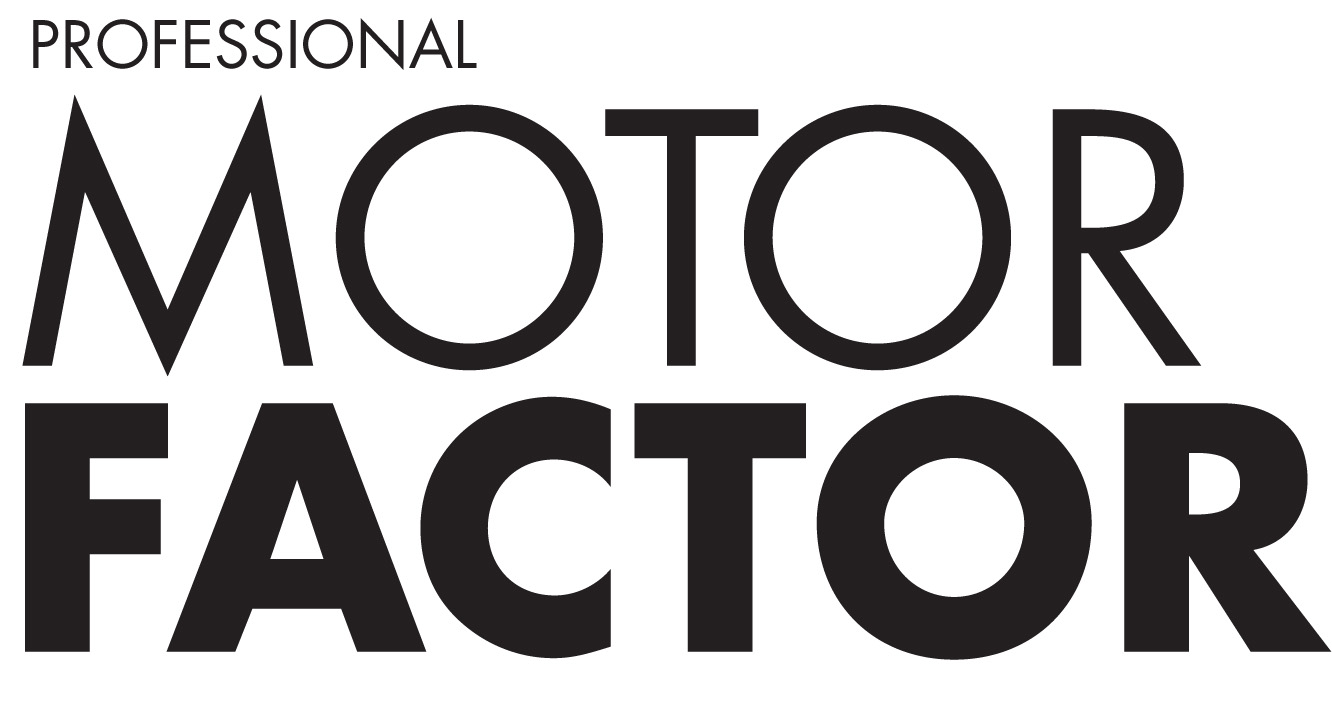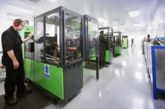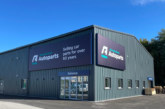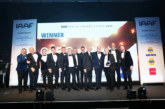Challenges of emissions control technology standards
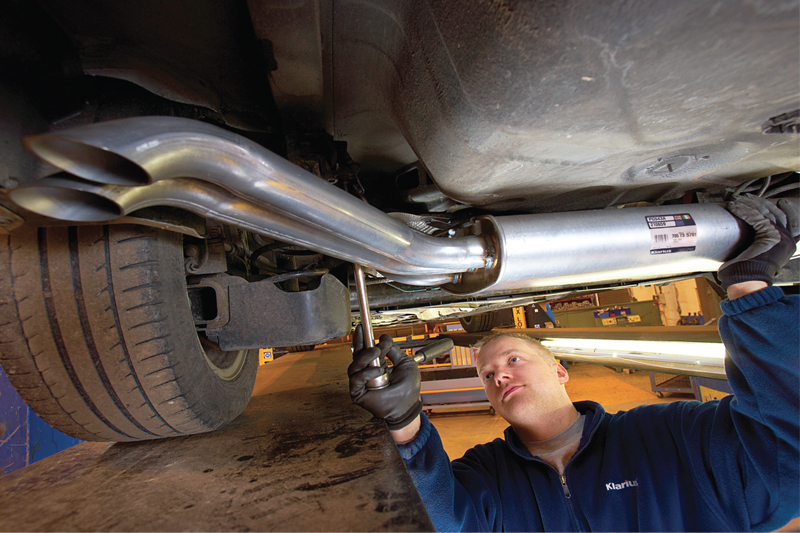
Part two of Klarius Products’ Doug Bentley’s exploration into emissions control technology, highlights how legislative standards impact the aftermarket.
A complex challenge for the aftermarket
As well as presenting technical challenges to VMs, the aftermarket must also keep pace with changing emissions standards. Being able to effectively supply replacement exhausts relies on exactly replicating – or even exceeding – emissions control technology from the manufacturer. Failure to do so results in an inferior design that will harm vehicle performance and produce more emissions. Fitting a substandard exhaust risks reputations, and motorists are often rewarded with a failed MOT.
However, mirroring emissions control technology is complicated by the different methodologies of manufacturers. While basic principles are the same, like placing PPFs and DPFs close to the engine to speed up regeneration, some designers choose combined CAT/DPF units while others keep them separate. In SCR systems, each manufacturer opts for different sequencing and packaging of components. Navigating these varied exhaust designs is a minefield.
Meeting the standards of VMs
Aftermarket suppliers must provide components that match or exceed OEM specification, and the standard that governs this is type-approval. Type-approval, ratified by the Vehicle Certification Agency (VCA) in the UK and the TÜV in Europe, certifies that an exhaust design conforms to the specification of the original part. Achieving this standard relies on taking an innovative approach to research and development.
Ultimately, this involves developing aftermarket exhausts using real-world vehicles of correct model, make and production year. Taking the original part and reverse engineering it results in an aftermarket equivalent that matches the design. Then, by fitting it to the corresponding vehicle, getting out on the test track and measuring emissions, noise and back pressure, an aftermarket supplier can successfully develop a like for like replacement.
By submitting design and test data and achieving type-approval, an aftermarket supplier can guarantee that as a minimum, the new exhaust is an equivalent for the original.
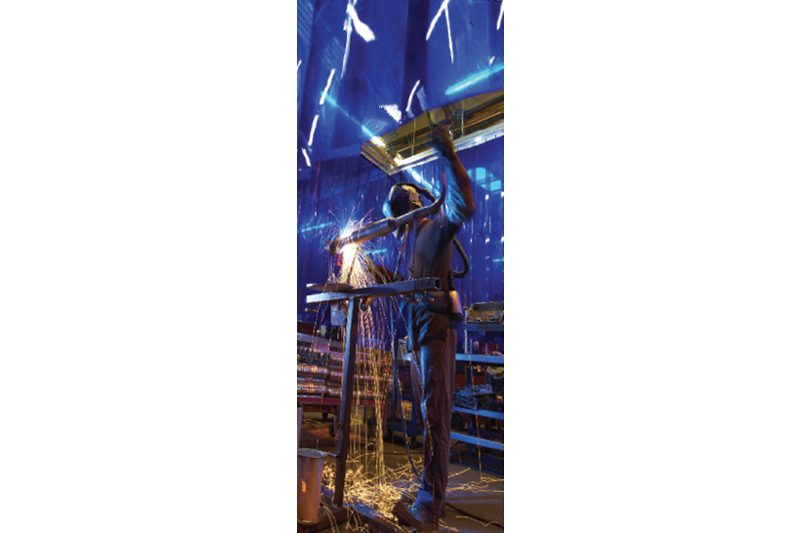
What the market demands
When a new Euro standard is introduced, aftermarket manufacturers have three years to develop replacement parts before cars and vans built to that legislation undergo their first MOT. Considering the wide range of marques and models involved, this is a fast turnaround time.
Consequently, research and development will focus on the most popular vehicle applications. By harnessing UK and European sales and car parc data, the aftermarket can target cars and vans which will need the most support and plan accordingly. Parts for more niche applications, like low selling sports cars for example, won’t be prioritised. As well as supporting more motorists, this approach provides faster payback on research and development.

Klarius Products offers over 11,000 references covering vehicle applications of every Euro standard. Every applicable product is type-approved, matching or exceeding the performance of the original part.
Testing with real-world vehicles of correct make, model and production year ensures that cars and vans fitted with Klarius’ systems maintain their compliance with relevant emissions legislation. All parts for petrol, diesel and hybrid vehicles are offered with a ‘fit first-time’ guarantee and a two-year warranty. Next-day delivery is available for parts ordered by 5:30pm.

